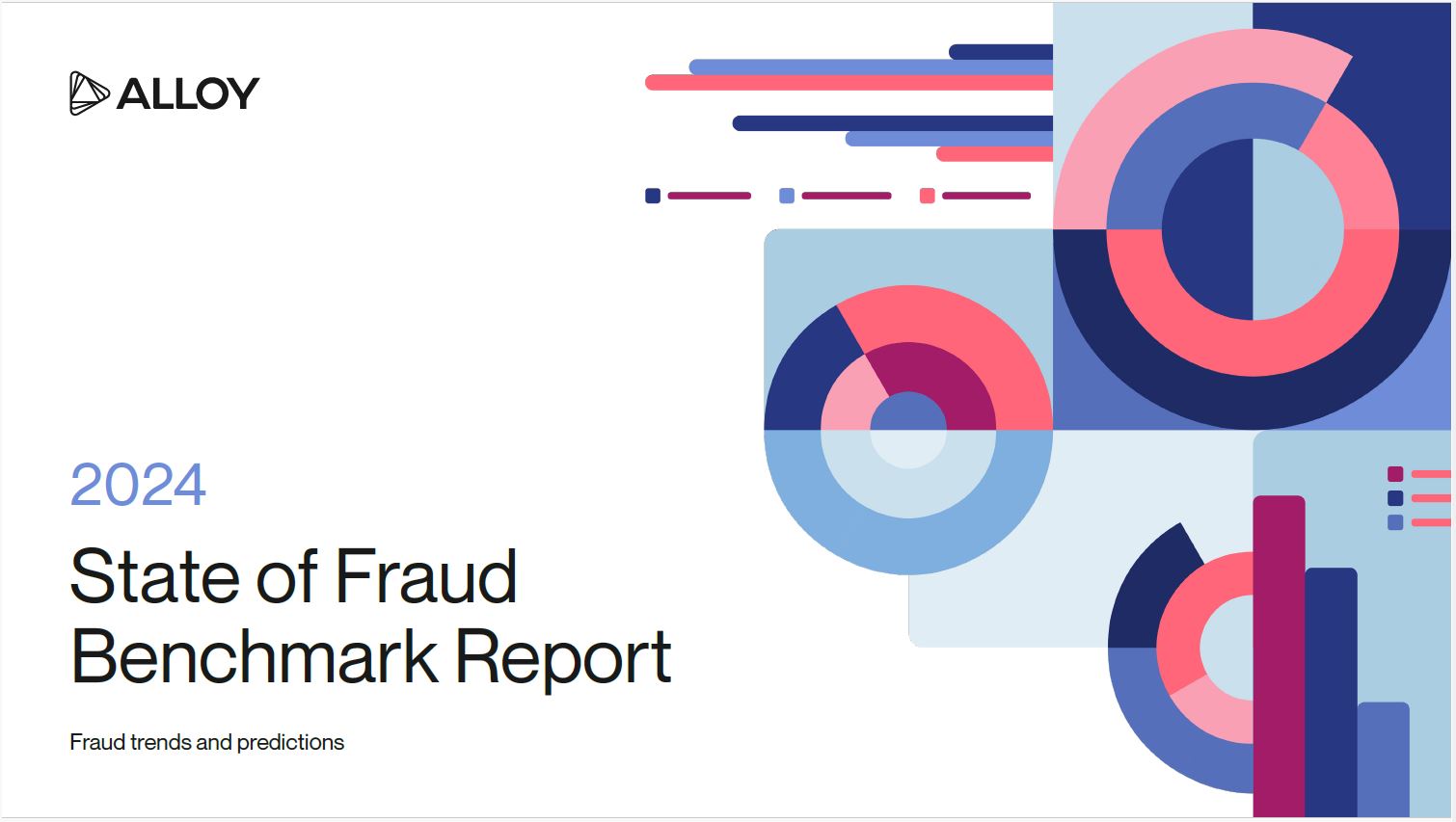New Alloy Report: Nearly 60% of Banks, Fintechs, and CU’s Absorbed $500K+ in Direct Fraud Losses
- Financial organizations faced significant fraud losses in 2023
- A majority of survey respondants report fraud attacks have increased or remained the same
- 23% of respondents saw a decrease in fraud attacks
Alloy -- a identity risk management platform for financial companies -- has recently published its 2024 State of Fraud Benchmark Report, revealing meaningful losses for financial organizations in 2023:
The direct cost of fraud is significant. 57% of respondents indicated that their organization lost over $500K (EUR/USD) in direct fraud losses over the past twelve months. Over one-quarter of respondents lost over $1 million in direct fraud losses over the past 12 months.

Direct fraud losses only account for the actual amount of money successfully stolen due to fraudulent activity. There are also indirect fraud costs that financial services companies pay, such as money spent on investigating and recovering fraud funds, loss of customers, and reputational damage.

Alloy Graphic
As noted in the report, the survey was conducted from October 29 - November 17, 2023, which includes 450 decision-makers working at financial services.
Highlights from the Report
The robust report dives into many sectors of fraud -- ranging from the accounts affected to the channels utilized by the fraudsters.
Here are some of the highlights:
- 77% of respondents indicate the frequency of fraud attacks on consumer and business accounts has increased or remained the same for consumer and business accounts from 2022 to 2023
- 48% of respondents reported a decrease in manual reviews due to investments in fraud prevention tools.
- 52% of respondents allocated funds to external resources to combat fraud,
- 62% of respondents reference mobile and online banking as the channels most affected by fraud
In terms of check fraud, 22% of respondents in the US are concerned with check fraud.
Sara Seguin, Principal Advisor of Fraud & Identity Risk notes:
Expect check fraud to remain a relevant problem in 2024 along with in-branch fraud. This is a consistent theme we are experiencing now that will continue. During 2024, I predict banks will expand the use of their fraud tools to include omni-channel strategies that require more stringent identity checks during in-branch onboarding and transactions beyond just reviewing an ID.
Quantifying Fraud Losses
However, there is encouraging news in the report:
In 2022, 91% of respondents experienced an increase in fraud attacks. Although there was a significant decrease in 2023, over half of respondents still reported an increase in attempted fraud attacks. Encouragingly, 23% of respondents said fraud attacks decreased compared to just 1% last year.
Furthermore, a significant amount of financial institutions are looking to outside partners:

Alloy Graphic
Anti-Fraud Tech on the Rise
Meanwhile, investment in fraud prevention remains strong.
The largest portion of respondents spent an estimated $500,000 - $1,000,000 on fraud prevention in 2023. This included investments in their fraud tech stack, labor required to recover and prevent fraud losses, regulatory fines, and goodwill credits to customers. Larger organizations of over 1,000 employees generally spend more. Though only 54% of respondents said they lost over $500,000 to fraud, 64% are spending over $500,000 on fraud prevention.
With check fraud a major concern -- which, as Ms. Seguin points out, will remain a prelavent problem in 2024 -- Financial Institutions need to ensure that investments are made for check fraud detection technology, including image forensic AI. With banks seeing record losses via check fraud in 2023, it will be more important than ever to protect themselves and their customers.